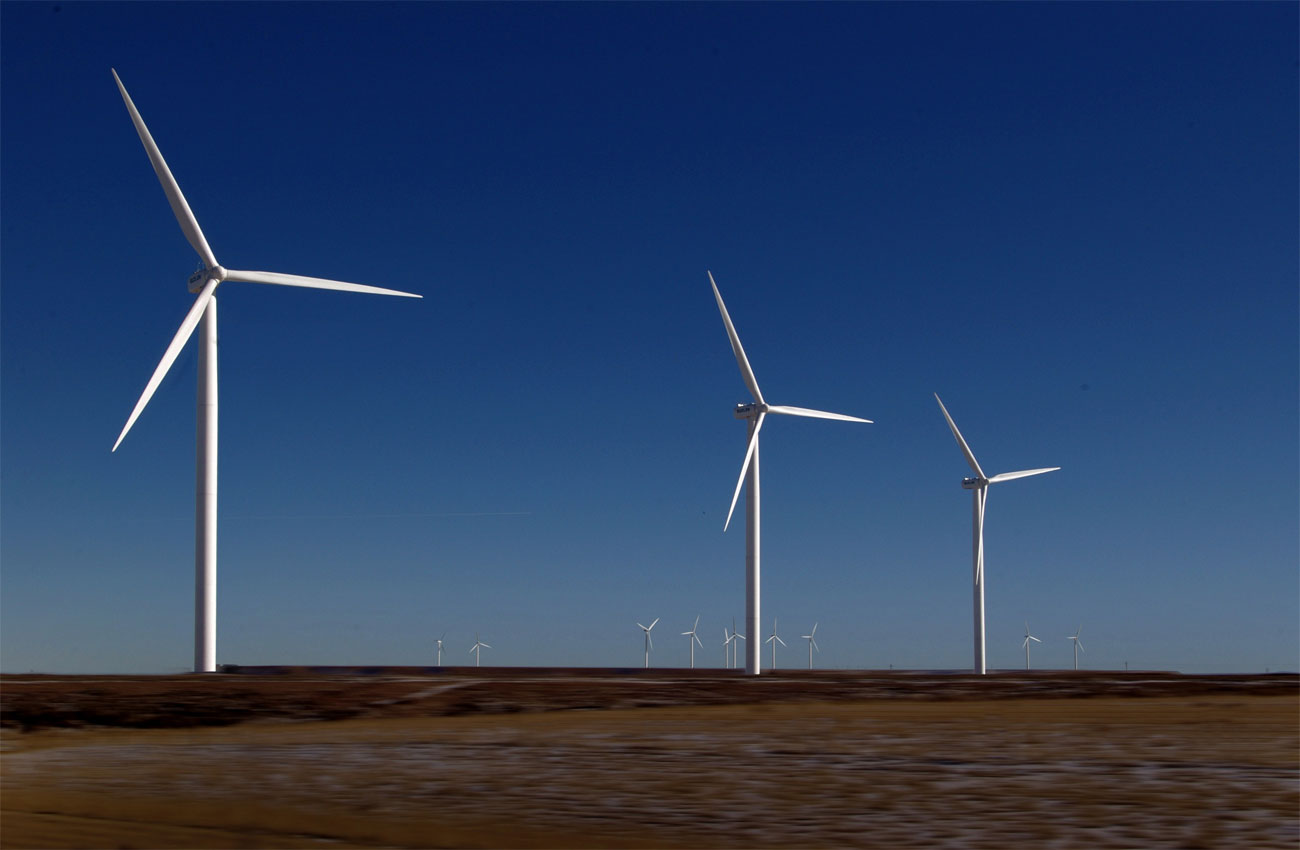Finding energy alternatives that are clean, sustainable, and eco-friendly has been the focus of experts and agencies for many years now. Along with solar energy, taking advantage of wind energy would bring several benefits to our society. As a result, more and more wind energy engineers are becoming a necessity, as their input is of great value when looking for clean, sustainable energy.
Nevertheless, the question what wind energy engineers really remains being a mystery for some within the industry. Also, for those who might show interest in this specific area of engineering, there are some important requirements to consider. Understanding the benefits of wind energy will lead us to understand the relevance of professionals within this field.
What do Wind Energy Engineers Do?
When we talk about wind energy engineers, we talk about a very wide and complex spectrum of professionals. They are in charge of many different tasks. However, their main duties involve the process of planning and designing wind farms. They are in charge of many different parts of the site development process. Planning, designing, testing, manufacturing, and delivering all the electrical and mechanical components of the windmills are part of their responsibilities, too.
Working as a wind energy engineer involves many different areas. Thus, different types of engineers are needed in the process. This includes aerospace engineers, civil engineers, electrical, industrial, mechanical, environmental engineers, and so on.
What Do I Need to Become a Wind Energy Engineer?
In order to become a wind energy engineering and grow a professional career within this field, there are several requirements one must consider. To begin with, most positions will require a bachelor’s degree in energy engineering, environmental engineering, mechanical engineering, or any other relevant field. Some positions might also require some post-graduate degree.
As with any other job in engineering, experience in the field is essential. Most employers will look for candidates who have participated in internship programs or other cooperative programs related to environmental and energy engineering. Besides, many positions also require candidates to have 3 to 5 years of experience in their own field before moving to wind energy engineering.
What Does the Current Job Market of Wind Engineering Say?
Before deciding to pursue this as a career, want-to-be wind energy engineers should consider the current job market of the field. To begin with, the salary of an engineer, as we know, will vary depending on education and experience. This being said, the average yearly salary of a wind engineer is $99,250. An entry level engineer might earn somewhere around $52,570, and a senior around $152,970. The location and size of a company would also play an important role in this.
Another aspect we should consider is the amount of job offers currently available. Currently, there are approximately 132,500 wind energy engineers working in the US. Also, the job market is expected to grow 6.4% by 2026. The states that employ more wind engineers include California, Texas, and Florida, with 17,820, 10,760, and 8,020 engineers correspondingly.








